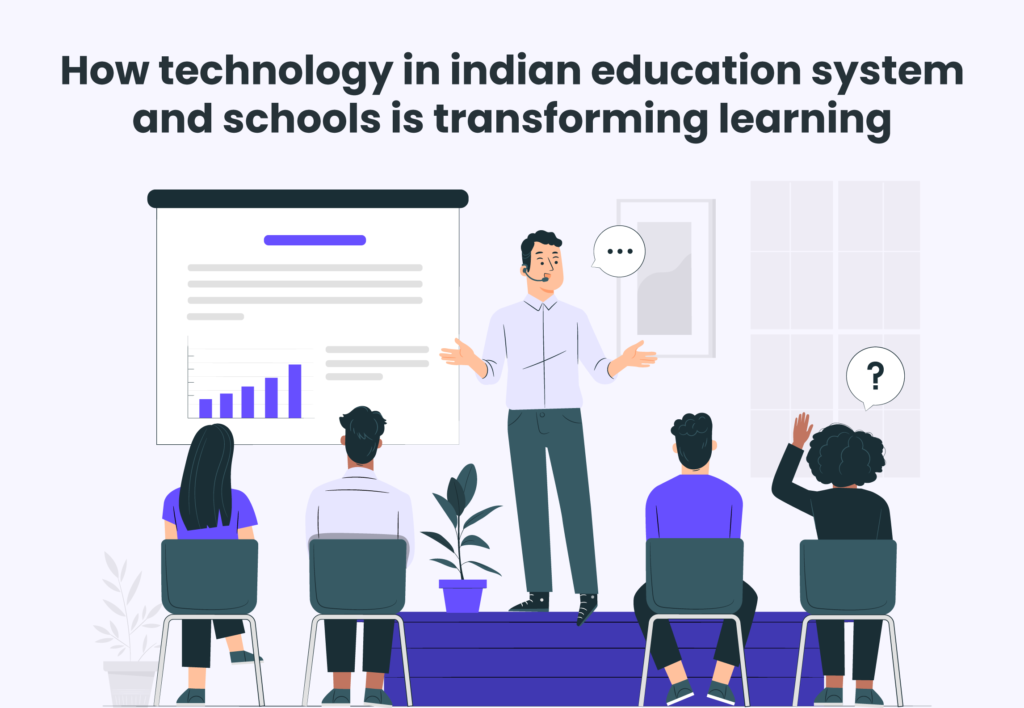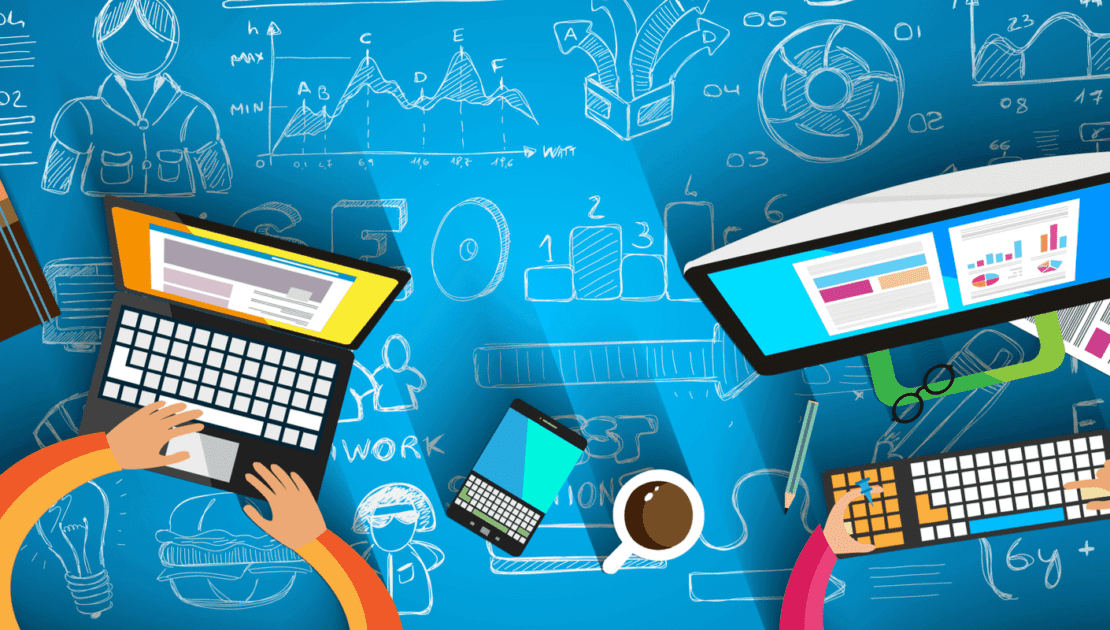In today’s rapidly advancing digital age, technology has permeated every aspect of our lives, including education. In this article, we will explore the Impact of Technology On Education & It’s pros and cons of technology in education and delve into its transformative effects on students, teachers, and the learning process itself. From online classrooms to interactive learning tools, the impact of technology on education has been nothing short of revolutionary.

“Education is no longer confined to the walls of a classroom; technology has set knowledge free and empowered learners worldwide.”
Pros of Technology in Education:
- Access to Global Knowledge: Technology has made it possible for students to access a vast range of educational resources from around the globe. Online libraries, databases, and e-learning platforms provide instant access to information, enabling students to explore subjects beyond the confines of traditional textbooks.
- Personalized Learning: With technology, educators can tailor learning experiences to individual students’ needs and learning styles. Adaptive learning software and intelligent tutoring systems can identify areas where students struggle and offer targeted support, enhancing their understanding and progress.
- Enhanced Collaboration: Technology fosters collaboration among students and teachers. Virtual classrooms, online discussion boards, and collaborative software enable students to connect, share ideas, and work on projects together, regardless of their physical location. This encourages critical thinking, problem-solving, and teamwork skills.
- Interactive and Engaging Learning: Technology brings learning to life through interactive multimedia content, virtual simulations, and gamified learning experiences. This engages students and makes the learning process more enjoyable, leading to better retention and understanding of the subject matter.
Cons of Technology in Education:
- Potential for Distraction: Technology can be a double-edged sword, as it opens the door to various distractions like social media, gaming, and other non-educational content. Students may find it challenging to stay focused on their studies when these distractions are readily available.
- Technological Barriers: Not all students have equal access to technology or the necessary digital literacy skills. This digital divide can exacerbate inequalities, leaving some students at a disadvantage when it comes to accessing educational resources and participating fully in online learning.
- Over-Reliance on Technology: While technology offers many benefits, an over-reliance on it can diminish essential skills such as critical thinking, problem-solving, and effective communication. It is crucial to strike a balance between leveraging technology and nurturing traditional skills for holistic development.
“Empowering Education through Technology: Bridging the Gap between Knowledge and Innovation!”
Conclusion:
As we have seen, technology has had a profound impact on education, revolutionizing the way we learn and teach. From expanding access to global knowledge and personalizing learning experiences to fostering collaboration and interactive engagement, the benefits of technology in education are abundant. However, it is essential to address the potential drawbacks, such as distractions and the digital divide, to ensure an inclusive and balanced approach to educational technology. By embracing technology as a tool and supplementing it with traditional teaching methods, we can unlock the full potential of education in the digital age.













Leave a Reply